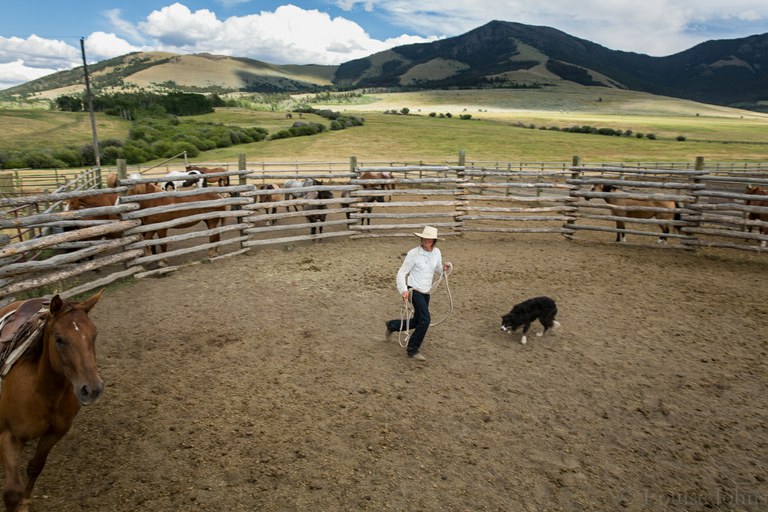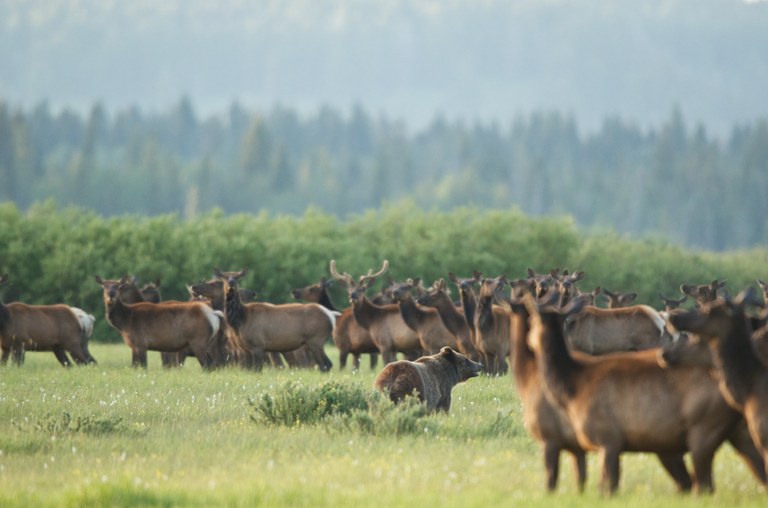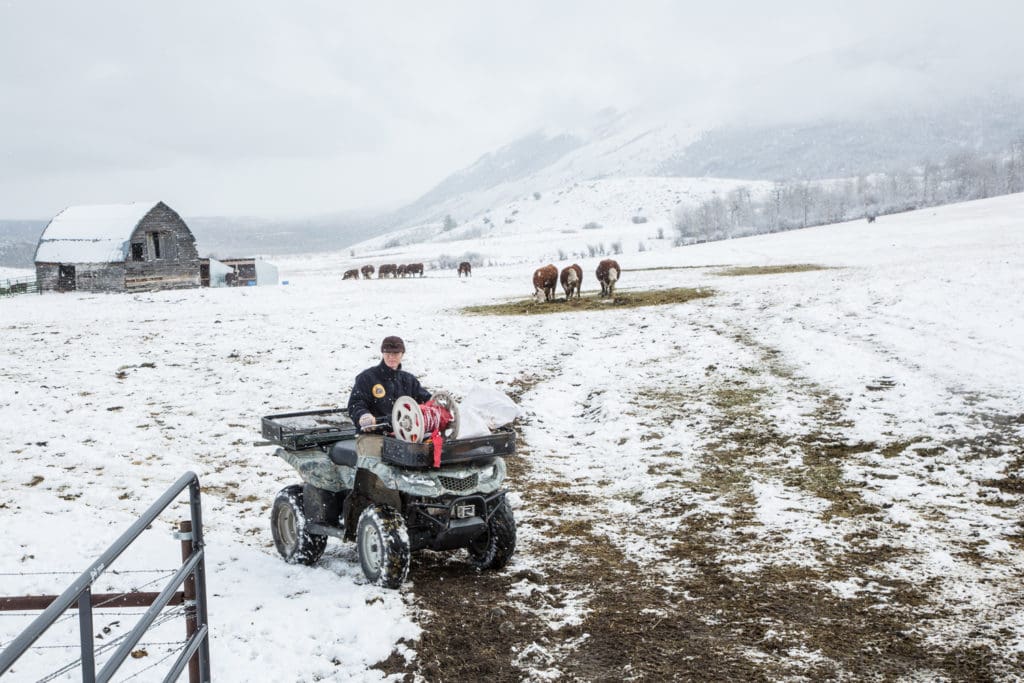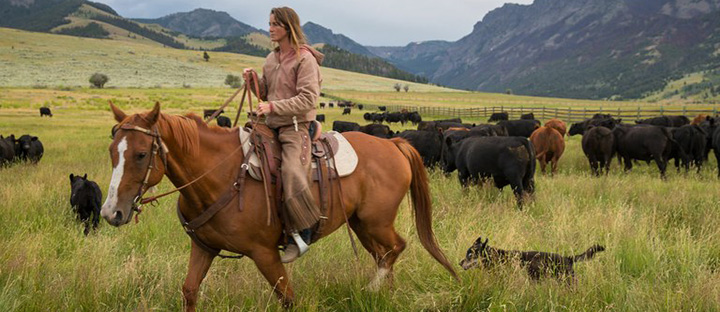Thanks to the Tom Miner Basin Association, people and nature are thriving together in a Montana valley that’s both agriculturally productive and teeming with wildlife.
Easily living up to its namesake, Montana’s Paradise Valley offers a little something for everyone.
At the northern edge of Yellowstone, America’s first and most iconic national park, the valley is home to abundant wildlife, including one of densest populations of grizzlies in the lower 48 states.
It’s also steeped in human culture and history, from its earliest use as hunting grounds by local Native Americans, to the sprawling ranches and recreational traditions of more recent centuries.
Roughly 15 miles (25 kilometers) from the park’s northern gate, Tom Miner Creek funnels runoff from the Gallatin Range into the Yellowstone River as it bends its way northeast toward Livingston. Here in the Tom Miner Basin, the surrounding landscapes are as ecologically beneficial for wildlife as they are biologically productive for ranchers. It creates a vibrant dynamic of people, wildlife and livestock—all of them living together in close proximity on the landscape.

The community-based Tom Miner Basin Association is focused on preserving that unique dynamic as much as possible—an effort that is perhaps best exemplified in its Range Rider and Conflict Prevention Program. Supported by a Y2Y Partner Grant in 2016, the program aims to proactively and holistically manage the region so that natural ecosystems can exist alongside a thriving ranching community.
“Our goal is a productive and sustainable ranching community in tandem with healthy wildlife, and that means protecting the wild landscapes they need to survive,” says Association co-founder Malou Anderson, a Tom Miner resident and family rancher. “We work to minimize conflicts between predators, livestock and humans, and we also educate the public on the importance of safety and respect for the region’s wildlife.”

Beyond engaging the community and increasing awareness about predators, members of the Association get out on the landscape to actively increase co-existence with wildlife. For example, Range Riders provide a regular human presence around cattle, non-lethally hazing predators away from livestock areas whenever needed.
“We use a low-stress approach to livestock handling that encourages cattle to work together as a herd,” says Hilary Anderson, Association co-founder and Range Rider Coordinator. “We gather them together in open areas whenever possible in the evening, especially calves with mothers, which makes them less vulnerable to predation at night.”

The Range Riders monitor cattle closely for sickness and injury, and remove these animals from the herd so they don’t become targets for predation. They also monitor predator populations as well, including high concentrations of grizzly bears that may interact humans and livestock, and active wolf dens in the area.
From all that monitoring across the landscape, the group is able to plan better grazing plans, and to help landowners erect and maintain electric fences around calving grounds in the most effective places for preventing conflicts.
Through community engagement and collaboration, the Tom Miner Basin Association is showing the world that it’s possible to maintain healthy wildlife and natural ecosystems right alongside productive ranch and farmland. Let’s hope the world is paying attention.


